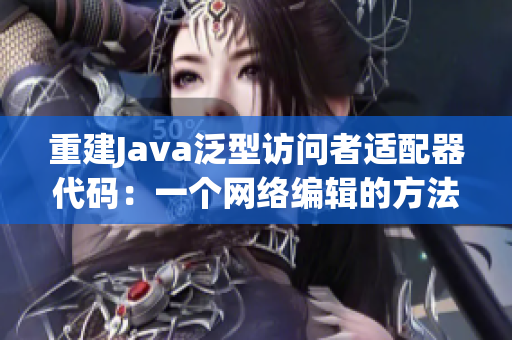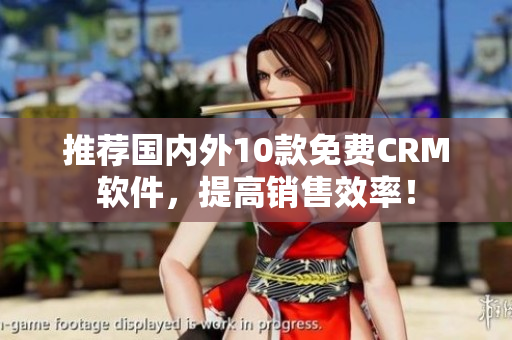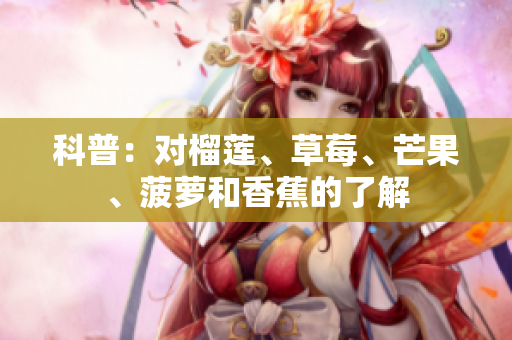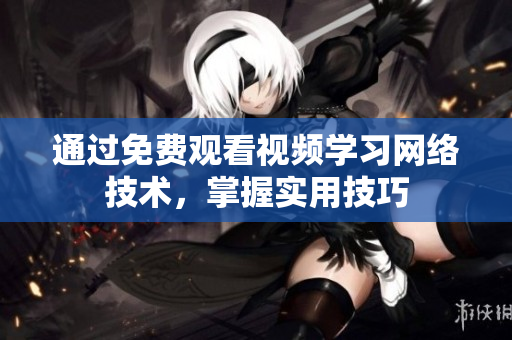Java GenericVisitorAdapter: Exploring The Magic of Java's Generic Visitor Pattern
In the world of Java programming, there are a variety of design patterns that developers can use to build more efficient and effective software. One such pattern is the Generic Visitor pattern, which is implemented in the Java GenericVisitorAdapter. In this article, we'll explore the magic of Java's Generic Visitor pattern and how it can help you to write better code.
What is the Generic Visitor Pattern?
The Generic Visitor pattern is a way of separating an algorithm from a data structure. It allows you to add new operations to a class hierarchy without changing the classes themselves. This pattern is particularly useful when you have a large number of operations that need to be performed on a set of data, and you don't want to modify the data structure every time a new operation is added.
The Visitor pattern is composed of two main elements: the Visitor interface and a set of Visitable objects. The Visitor interface defines a set of methods that correspond to the operations that can be performed on the Visitable objects. The Visitable objects, on the other hand, define an accept() method which takes a Visitor as an argument and calls the appropriate method on that Visitor.
Exploring the Java GenericVisitorAdapter
The Java GenericVisitorAdapter is an implementation of the Generic Visitor pattern in Java. It provides a convenient way to implement the Visitor pattern in a type-safe manner. The GenericVisitorAdapter class is an abstract class that implements the Visitor interface, and provides default implementations of all the methods in that interface.
To use the Java GenericVisitorAdapter, you need to create a subclass of it and implement the methods that correspond to the operations you want to perform on the Visitable objects. You can then pass an instance of your subclass to the accept() method of the Visitable objects, and the appropriate method on your subclass will be called.
Hennessy: The Rise of Female Rapper Henny L.O.
In recent years, Hennessy has become more than just a popular drink. It has also become a symbol of success and luxury in hip-hop culture. And no one embodies this more than Henny L.O., a rising female rapper from Richmond, VA.
Henny L.O. first gained attention with her 2017 mixtape, "Henny Wiz," which showcased her raw talent and unique style. Since then, she has continued to rise in the rap world with her music, style, and personality. She is known for her confident and empowering lyrics, as well as her bold fashion choices.
In addition to her music, Henny L.O. has used her platform to advocate for women and minorities in the industry. She has spoken out about the challenges facing female rappers, and has worked to create opportunities for other up-and-coming artists, particularly women of color.
The allure of iPhone in the Western market: Design and Branding
The iPhone has become synonymous with cutting-edge technology, sleek design, and status. In the Western market, the appeal of the iPhone is not just about its technical specifications, but also about its design and branding.
The iPhone's design is sleek, minimalist, and modern. It is characterized by clean lines, simple shapes, and a focus on user experience. Apple is known for its attention to detail, and this is evident in the design of the iPhone. From the placement of buttons to the font used in the user interface, every aspect of the design is carefully considered.
Additionally, Apple's branding has played a major role in the success of the iPhone. Apple has created a brand that is associated with innovation, creativity, and lifestyle. The Apple logo is instantly recognizable, and is a symbol of quality and reliability. Apple has also built a strong community around its products, with events like the annual Worldwide Developers Conference and robust online forums for support and discussion.
Overall, the allure of the iPhone in the Western market is a combination of its technical innovation, sleek design, and powerful branding. These factors have helped to create a product that is not only functional, but also aspirational.









